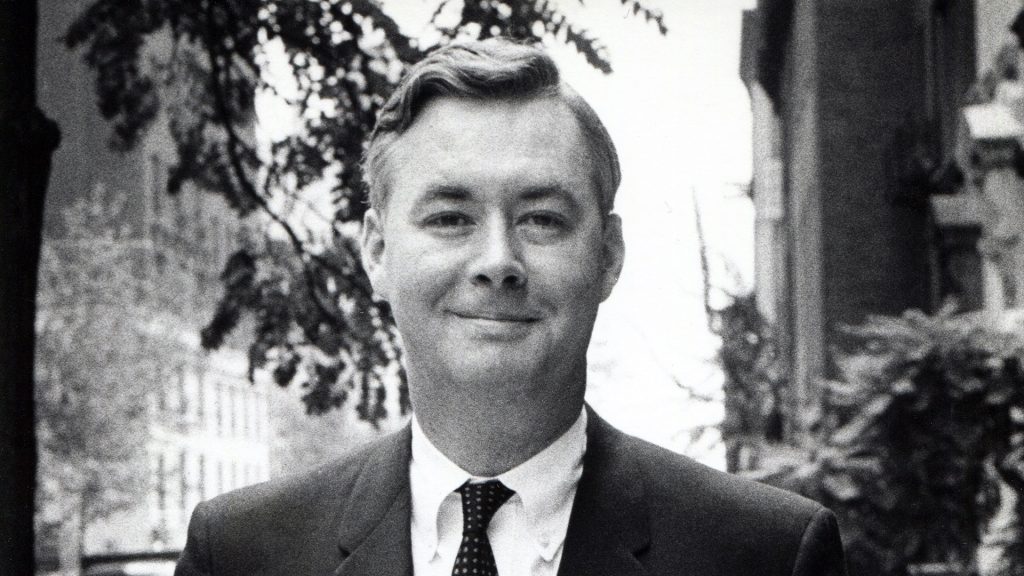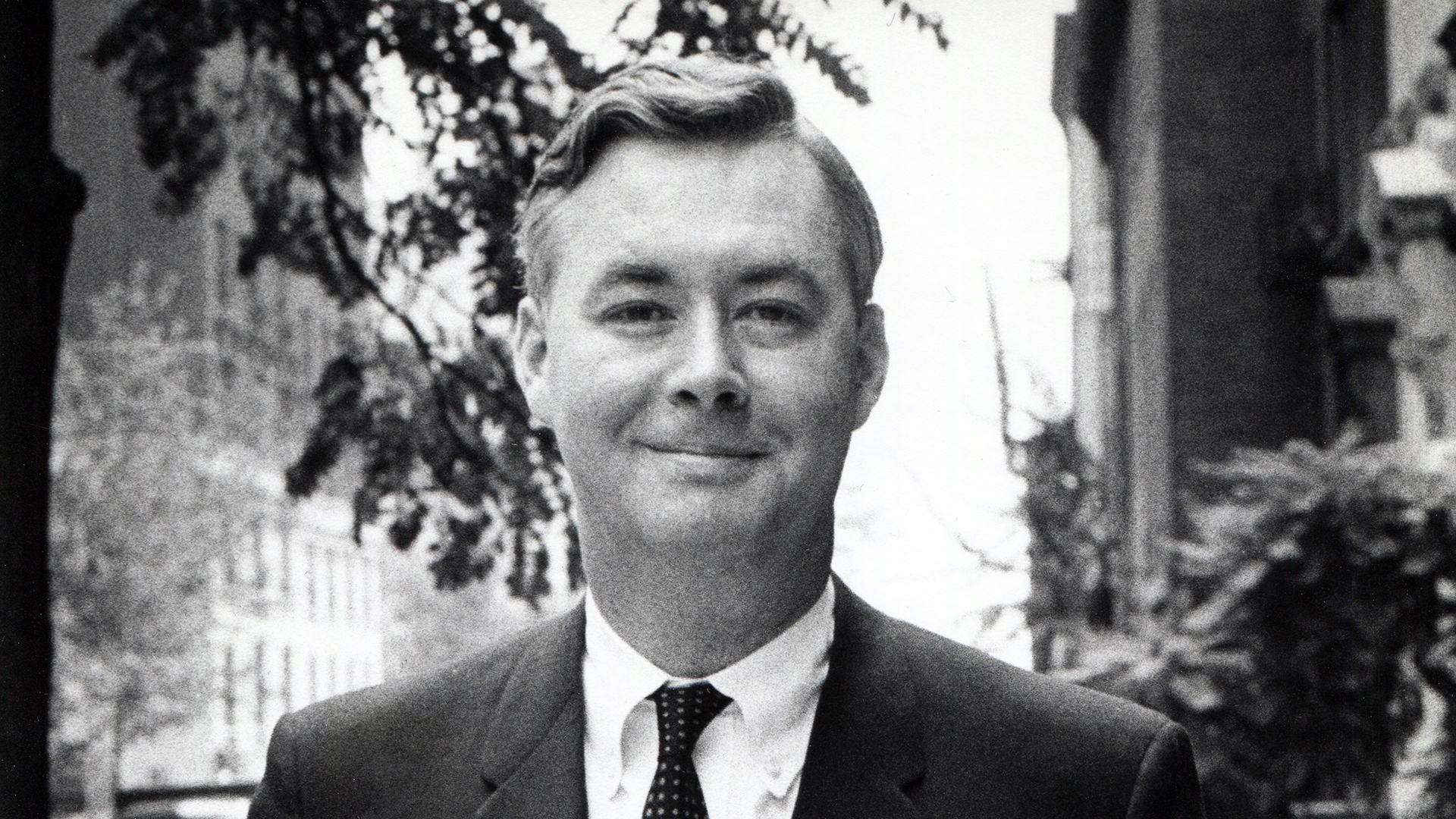
“Exploring Danny Moynihan’s Landscapes: Art That Engages the Viewer”

# The Artistic Depths of Danny Moynihan: A Reflection on “In Praise of Limestone”
Danny Moynihan, a multitalented artist and curator with a career spanning decades, has once again captivated the art world with his distinct perspective. Known for his multifaceted ventures—ranging from penning a satirical novel, *Boogie-Woogie*, to curating a historical collection of erotic photography—Moynihan’s most recent body of work, showcased at **Nathalie Karg Gallery** under the title *In Praise of Limestone*, demonstrates his evolving yet deeply rooted connection to the interplay of humanity and nature.
Inspired by W. H. Auden’s profound poem of the same name, the exhibition brings to life a series of paintings that explore the often enigmatic relationship between human existence and the seemingly indifferent, timeless landscapes around us. Yet, Moynihan’s work achieves much more than mere visual homage—it invites complex interpretations that challenge our perceptions of time, materiality, and human myths.
## The Starting Point: Cézanne’s Influence
Central to Moynihan’s approach is the influence of Paul Cézanne’s dedication to portraying nature through intricate layers of form and color. Moynihan, too, takes cues from the French post-Impressionist’s masterful depictions of Bibémus Quarry and Mont Sainte-Victoire. However, where Cézanne sought truth in simplicity, Moynihan ventures further, embedding allegories that juxtapose organic forms with symbols of human ambition and decay.
Throughout the 10 works in the exhibition, Moynihan creates layered narratives that meld rocky terrains with corporeal elements, resulting in landscapes that feel simultaneously ancient and contemporary. They evoke a duality—at once grounded in natural realism and tinged with surreal, metaphorical undertones. The ambiguity of Moynihan’s forms is a hallmark of his ability to stir associations rooted in mythology, human desires, and even environmental concerns.
## “Quarry”: Stones or Flesh?
Among the standout works in the exhibition is *Quarry* (2021–22), a piece that powerfully merges the natural and the corporeal. At first glance, the painting portrays rough stones inspired by Cézanne’s landscapes. Upon closer inspection, the stones suggest fleshy, human-like forms—perhaps buttocks, wounds, or scar tissues. The tension between these interpretations invites viewers to question the nature of the material world: Are stones really as impassive as they seem? Or do they hold echoes of life and death within their forms?
By blending elements of geology and biology, *Quarry* transcends traditional landscape painting. Moynihan nods to the deep time of Earth’s history, subtly reminding us of the transient existence of humans on a planet shaped by countless extinct species and geological epochs. The painting’s nuanced ambiguity suggests the fragility of both human ambition and the ecosystems we inhabit.
## The Mythical Elements of “Gaia”
In *Gaia* (2021–22), Moynihan transforms the iconic contour of Mont Sainte-Victoire into a volcanic mountain brimming with mysterious vitality. An array of orb-like entities embedded at the mountain’s base resemble Cyclopean eyes, conveying an uncanny sense of mutual estrangement between viewer and landscape. These “eyes” seem to belong to creatures unseen, leaving us pondering their nature and agency.
The name *Gaia*, a nod to the ancient Greek personification of Earth, deepens the allegorical layers of the painting. It speaks to humanity’s evolving relationship with the Earth—from reverence to exploitation—while subtly raising existential questions. What does it mean for us to project life onto rocks and landscapes? Do these interpretations reflect the planet’s indifference to human existence, or our yearning to find meaning in the inanimate?
## Grappling With Greed and Lust in “Charge”
In perhaps the most dynamic piece of the collection, *Charge* (2021–24), Moynihan introduces creatures—porcine figures—engaged in what seems to be a chaotic, primal pursuit. Two pigs appear to nuzzle at a soft, unrecognizable white form, while others occupy the rocky terrain adorned with detached, floating eyes. The rough limestone background pulsates with life, yet also conveys an unmistakable feeling of alienation.
This piece, unlike others in the series, invokes themes of greed and desire. The juxtaposition of blind animal instinct (the eyeless pigs) and the detached eyes watching over them symbolizes a disconnection between rational thought and visceral impulses. Could this be a critique of unchecked human greed—our voracious consumption of Earth’s resources—or even a commentary on contemporary power structures fueled by avarice? Moynihan leaves the answers up to us, ensuring the unease lingers long after viewing.
## Time, Myth, and Humanity’s Place in the Universe
Across all his works in *In Praise of Limestone*, Moynihan grapples